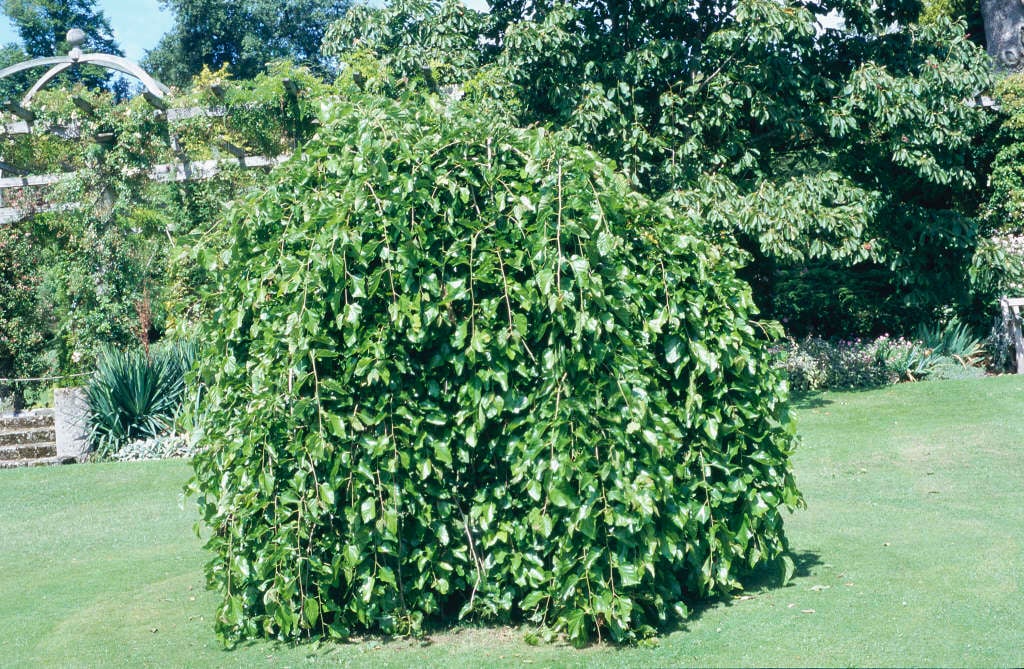Not the plant you're looking for? Search over 300,000 plants
Trees
Size
Ultimate height
2.5–4 metresTime to ultimate height
10–20 yearsUltimate spread
4–8 metresGrowing conditions
Chalk
Clay
Loam
Sand
Moisture
Moist but well–drained, Well–drainedpH
Acid, Alkaline, NeutralColour & scent
| Stem | Flower | Foliage | Fruit | |
| Spring | Green | |||
|---|---|---|---|---|
| Summer | Green | Green | ||
| Autumn | Green | Pink White | ||
| Winter |
Position
- Full sun
Aspect
West–facing or East–facing or South–facing
Exposure
Sheltered Hardiness
H5Botanical details
- Family
- Moraceae
- Native to GB / Ireland
- No
- Foliage
- Deciduous
- Habit
- Pendulous weeping
- Genus
Morus are deciduous trees and shrubs with broadly ovate, sometimes deeply lobed leaves and inconspicuous green flowers followed by usually edible white, red or black fruit
- Name status
Accepted
How to grow
Cultivation
Grow in moist, humus-rich, fertile soils with shelter from cold, dry winds. Prune in late autumn or early winter to prevent bleeding
Propagation
Propagate by semi-hardwood cuttings in mid-summer
Suggested planting locations and garden types
- Low Maintenance
Pruning
Pests
Generally pest-free
Diseases
May be susceptible to mulberry leaf spot, mulberry canker, coral spot, powdery mildews and honey fungus (rarely)
Get involved
The Royal Horticultural Society is the UK’s leading gardening charity. We aim to enrich everyone’s life through plants, and make the UK a greener and more beautiful place.
